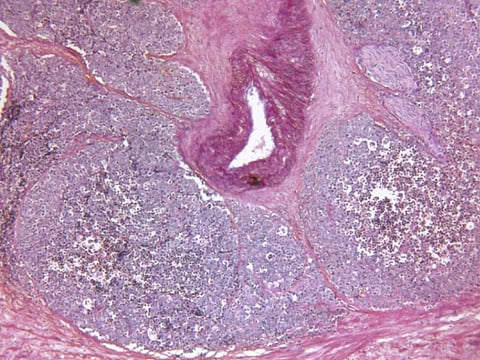Guidelines Developed for Prostate MRI After Negative Biopsy
THURSDAY, Nov. 17, 2016 (HealthDay News) -- In a consensus statement from the American Urological Association and Society of Abdominal Radiology, published in the December issue of The Journal of Urology, guidelines are presented for prostate magnetic resonance imaging (MRI) in patients with negative biopsy.
Andrew B. Rosenkrantz, M.D., from the NYU Langone Medical Center in New York City, and colleagues conducted a literature review and formed consensus statements regarding the role of prostate MRI and MRI-targeted biopsy in patients with negative biopsy.
The researchers note that prostate MRI and subsequent MRI-targeted cores seem to facilitate the detection of clinically significant disease over repeat biopsy, if a biopsy is recommended. High-quality prostate MRI should be strongly considered for any patient with a prior negative biopsy who is under evaluation for a repeat biopsy. The results of any other biomarkers and the cost of the examination, as well as availability of high-quality prostate MRI interpretation should also be considered. MRI should be carried out, interpreted, and reported according to PI-RADs (Prostate Imaging Reporting and Data System) version 2 guidelines. Optimal results can be achieved by experienced reporting radiologists and biopsy operators.
"If a repeat biopsy is deferred on the basis of MRI findings, then continued clinical and laboratory follow-up is advised and consideration should be given to incorporating repeat MRI in this diagnostic surveillance regimen," the authors write.
Several authors disclosed financial ties to the medical publishing and medical device industries.


